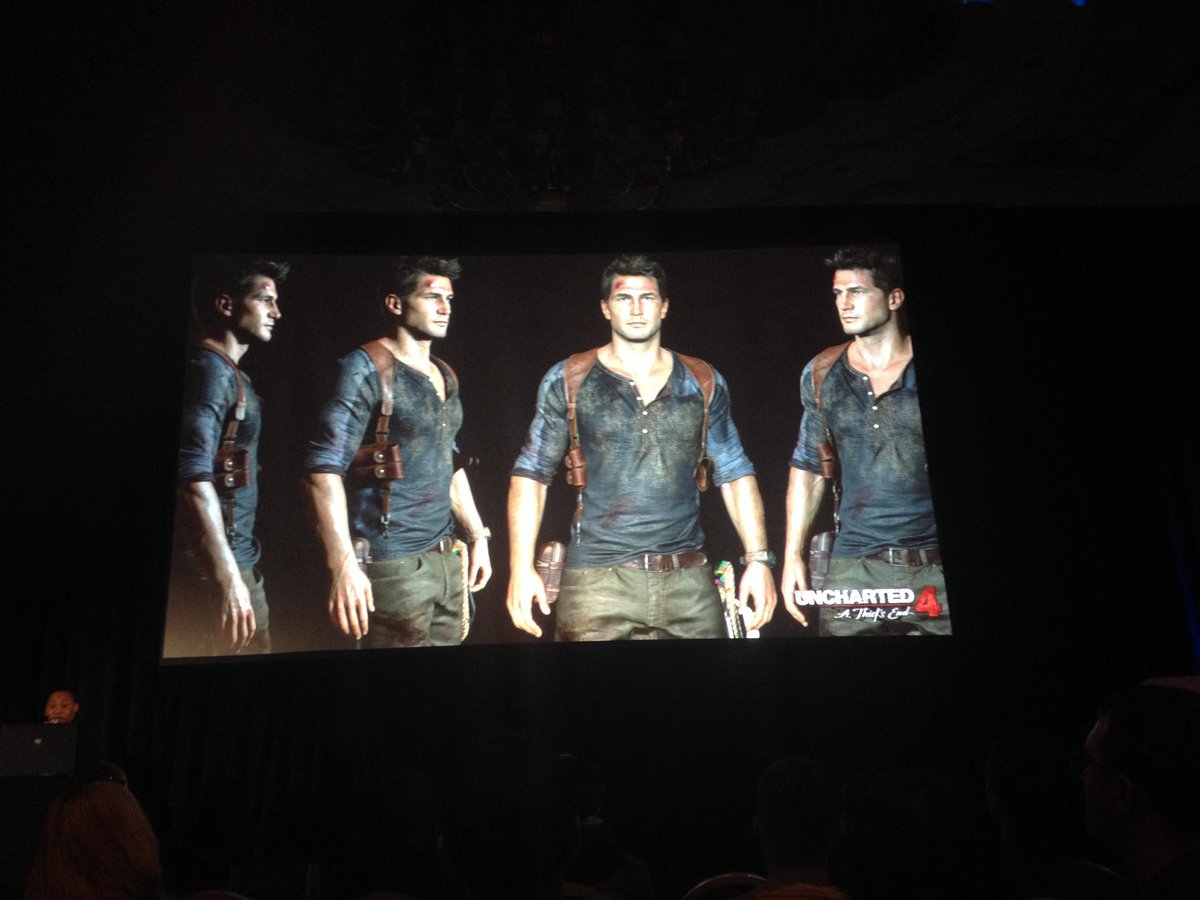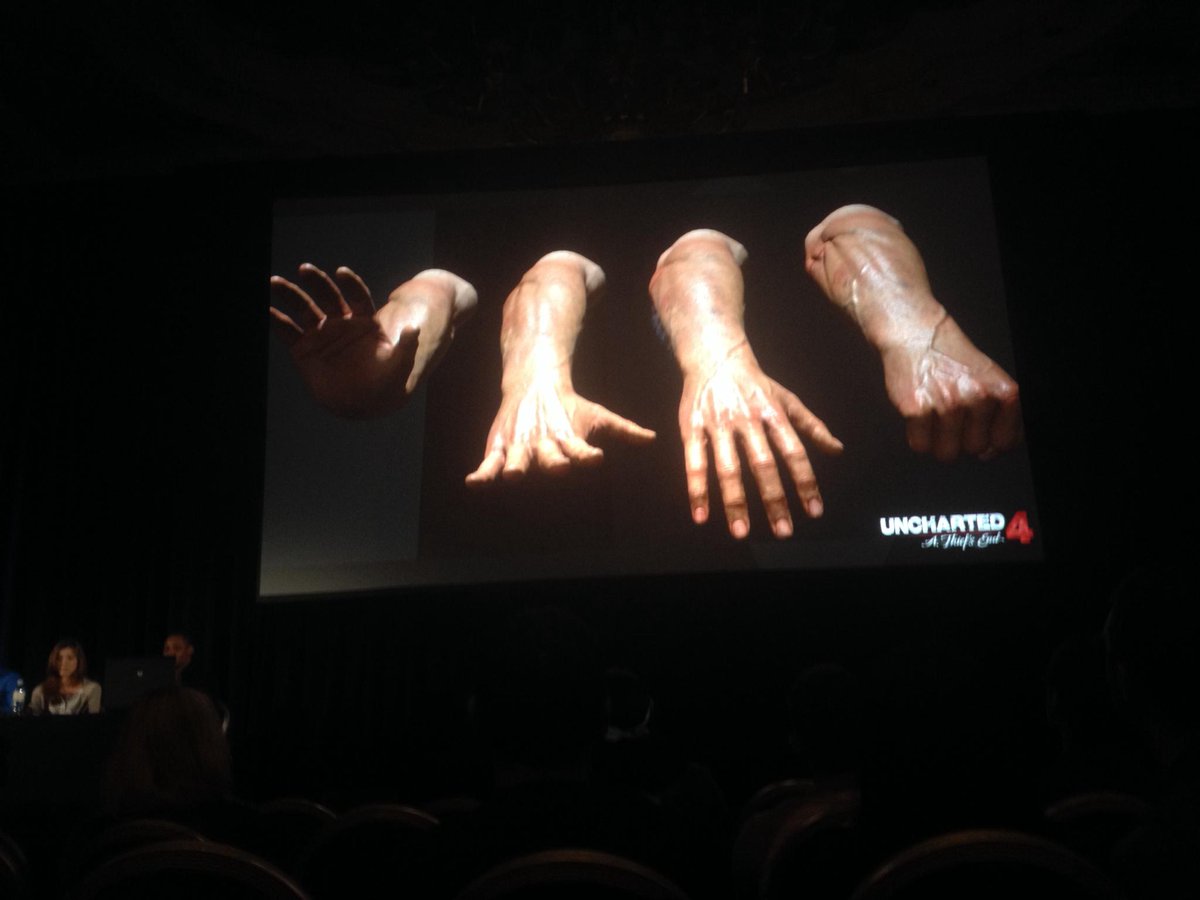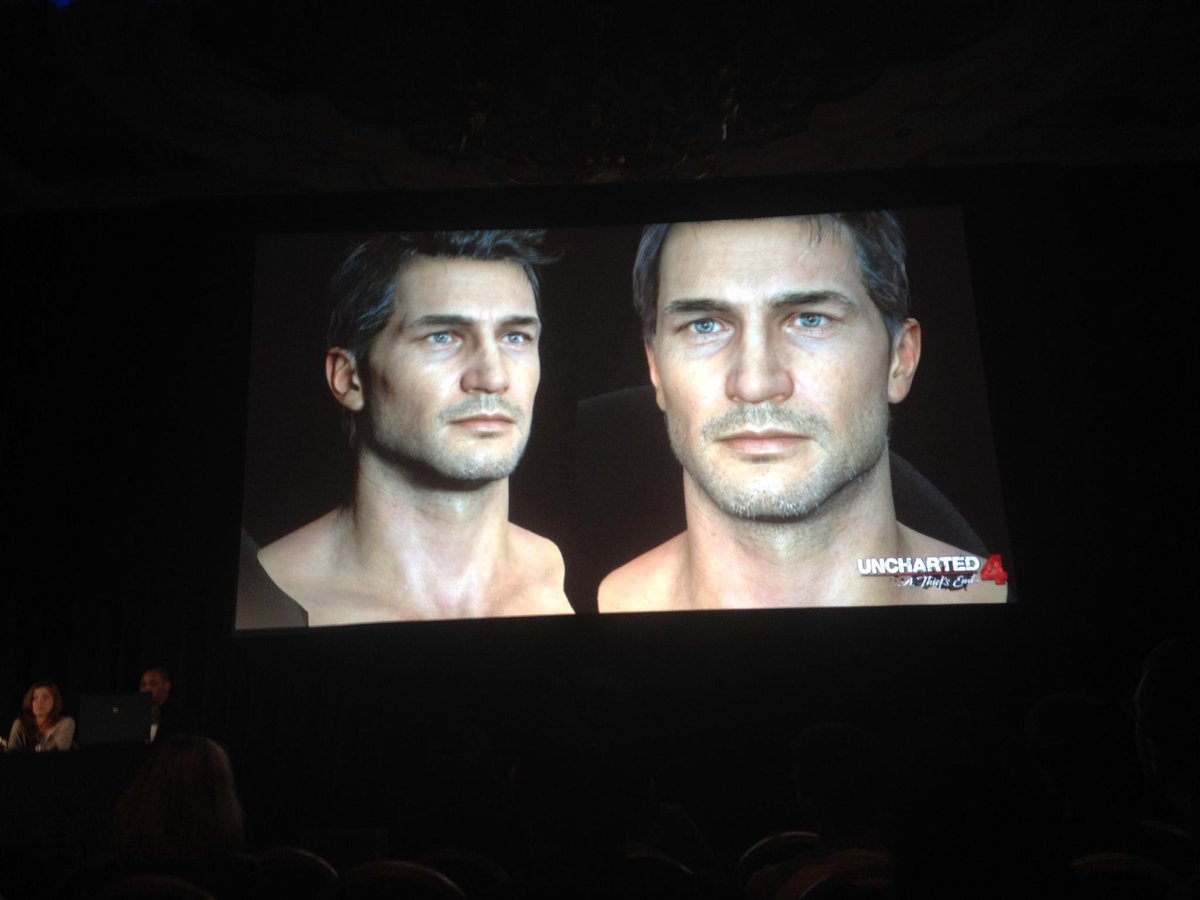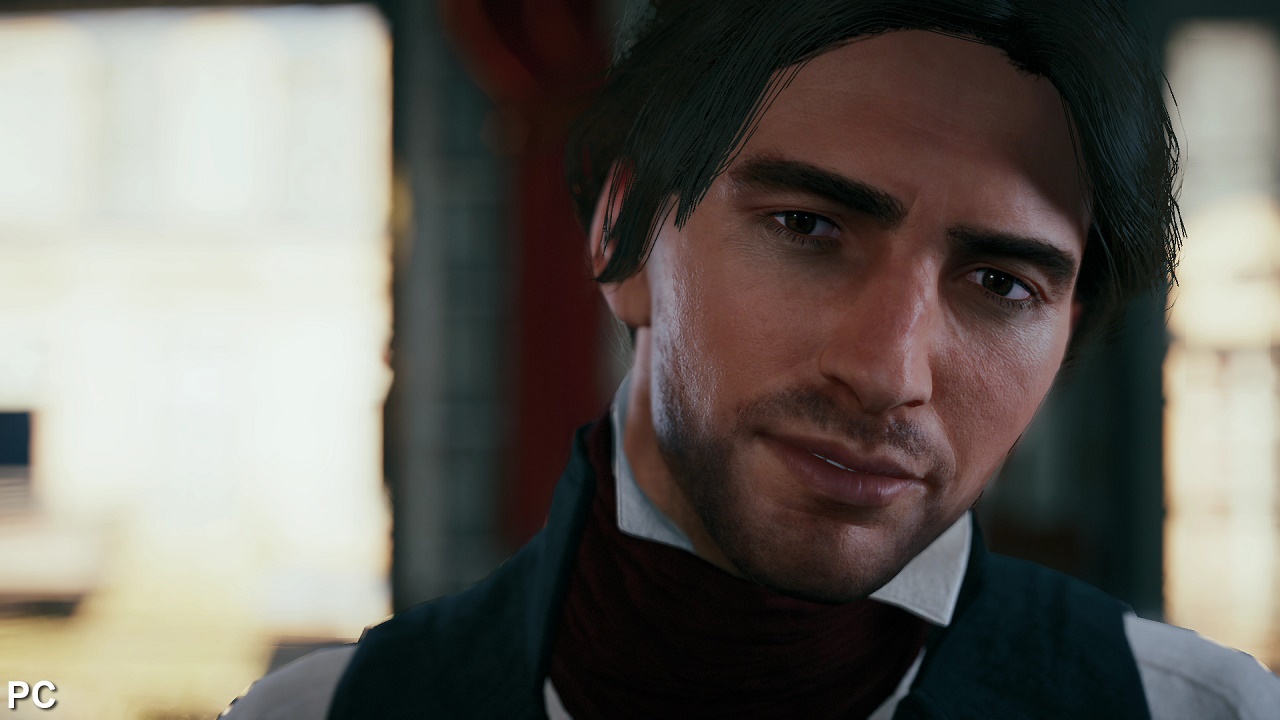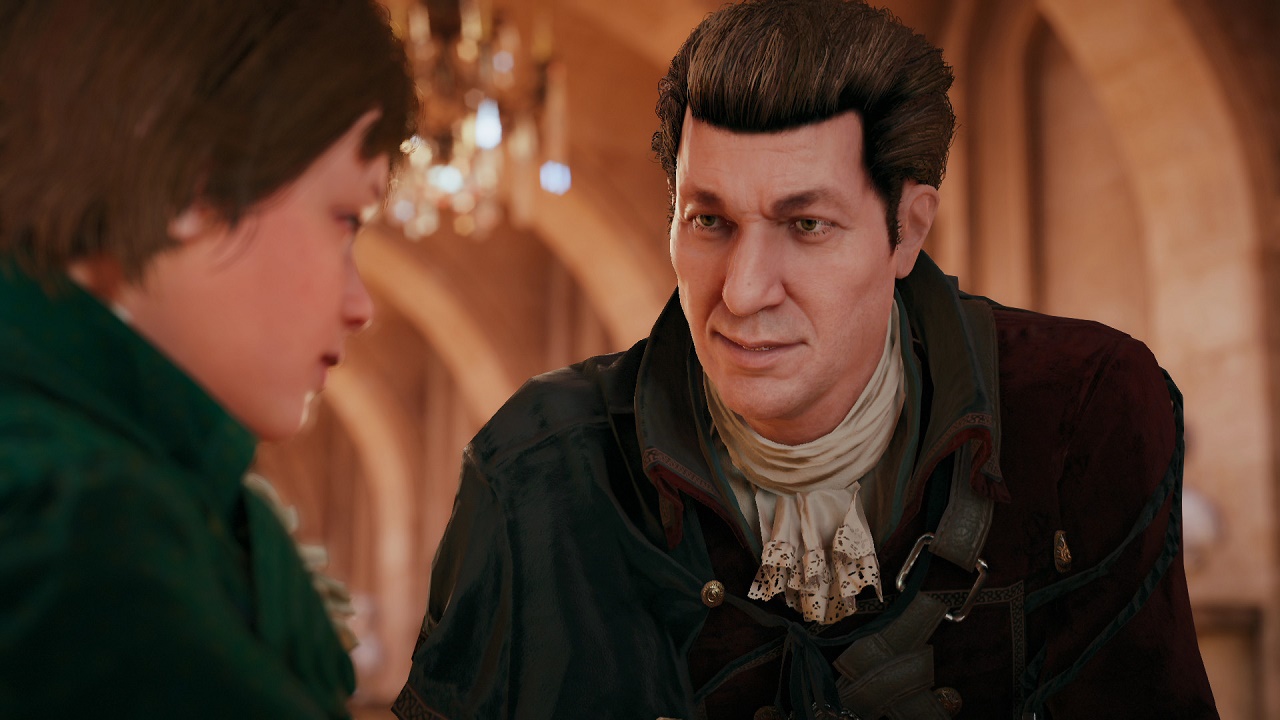I believe they would ve made something even more impressive with a new brand engine, but that would just ve been a waste of ressources to spend and as the engine was mae specifically for the series or PS3 at the time they don't need a new engine before changing to a new IP maybe ? We ' ve seen the difference between AC Black Flag Engine and AC Unity.
I don't think it's right to compare the two cases.
Ubi's anvil engine needed a serious overhaul: the materials system, the lighting and the post processing all had to be upgraded to support physics based rendering with linear lighting and proper HDR. These new systems enabled a huge leap in the visuals.
ND's engine on the other hand was one of those that lead the introduction of these new systems; even Uncharted 2 has already had a linear lighting pipeline and they've been adding mostly finer or setting-specific features in UC3 and TLOU. So the perceived leap is perhaps not as great, but it's because they were ahead of Ubi years ago.
With UC4 they seem to be focusing on scale and speed (if they're still aiming at 60fps) while increasing overall detail thanks to the step up in hw resources. They're also sticking to a non-photorealistic art style which also helps them to stand out from the crowd.



